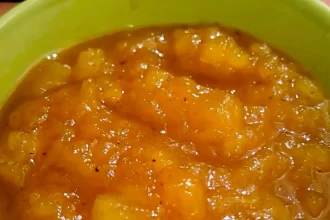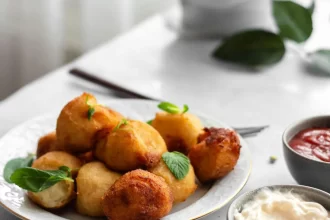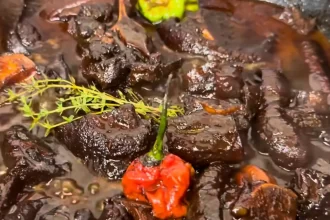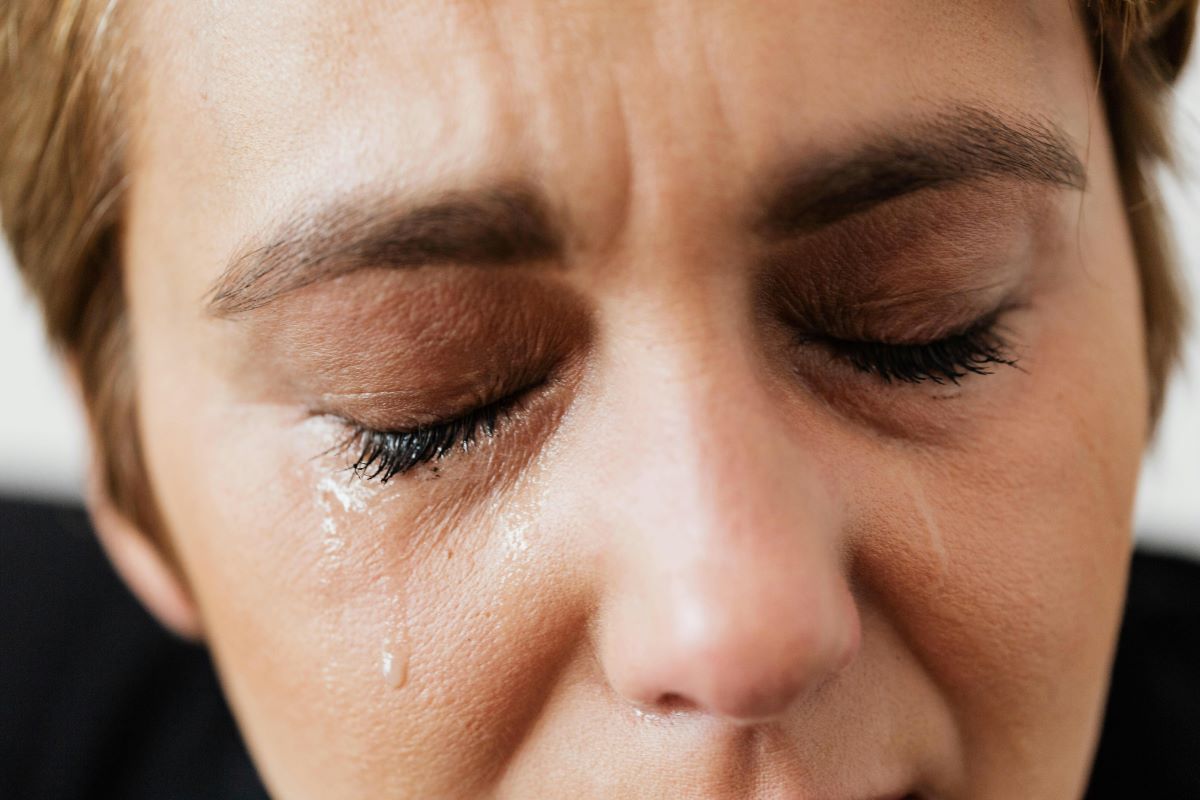In many West Indian households, it’s not uncommon to see moms skillfully removing the moldy part of a delicious plait bread. But is it really safe to cut mold off food? Let’s dive into the science around dealing with moldy food.
What is Mold?
Mold is made up of thousands of fungus species that appear as fuzzy, colorful spots on food. Mold spores, tiny microscopic cells, are present in the air and on surfaces, thriving in both refrigerated and room temperatures.
Mold Growth on Food
Mold spores land on food when exposed to air, touched, or placed near other moldy items. Depending on the mold species, visible growth can occur anywhere from a day to several weeks after exposure.
How Concerned Should I Be?
While many mold species are harmless or even consumed intentionally (like those on certain cheeses), some produce harmful mycotoxins. To stay safe, it’s best to avoid eating moldy food unless it falls into the safe categories.
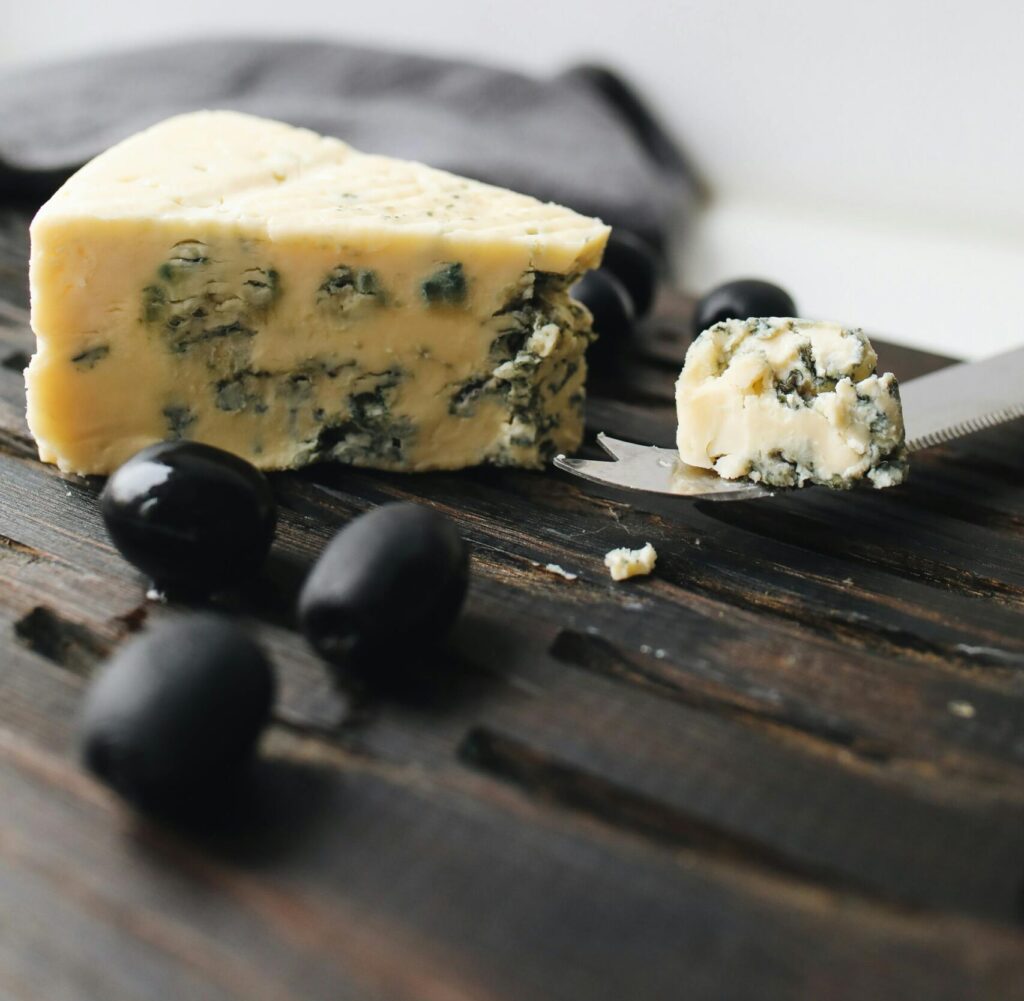
Disposal Guidelines
By understanding the basics of mold and how to safely handle moldy food, you can make informed decisions in the kitchen. When in doubt, it’s better to discard moldy items to ensure food safety and health.



